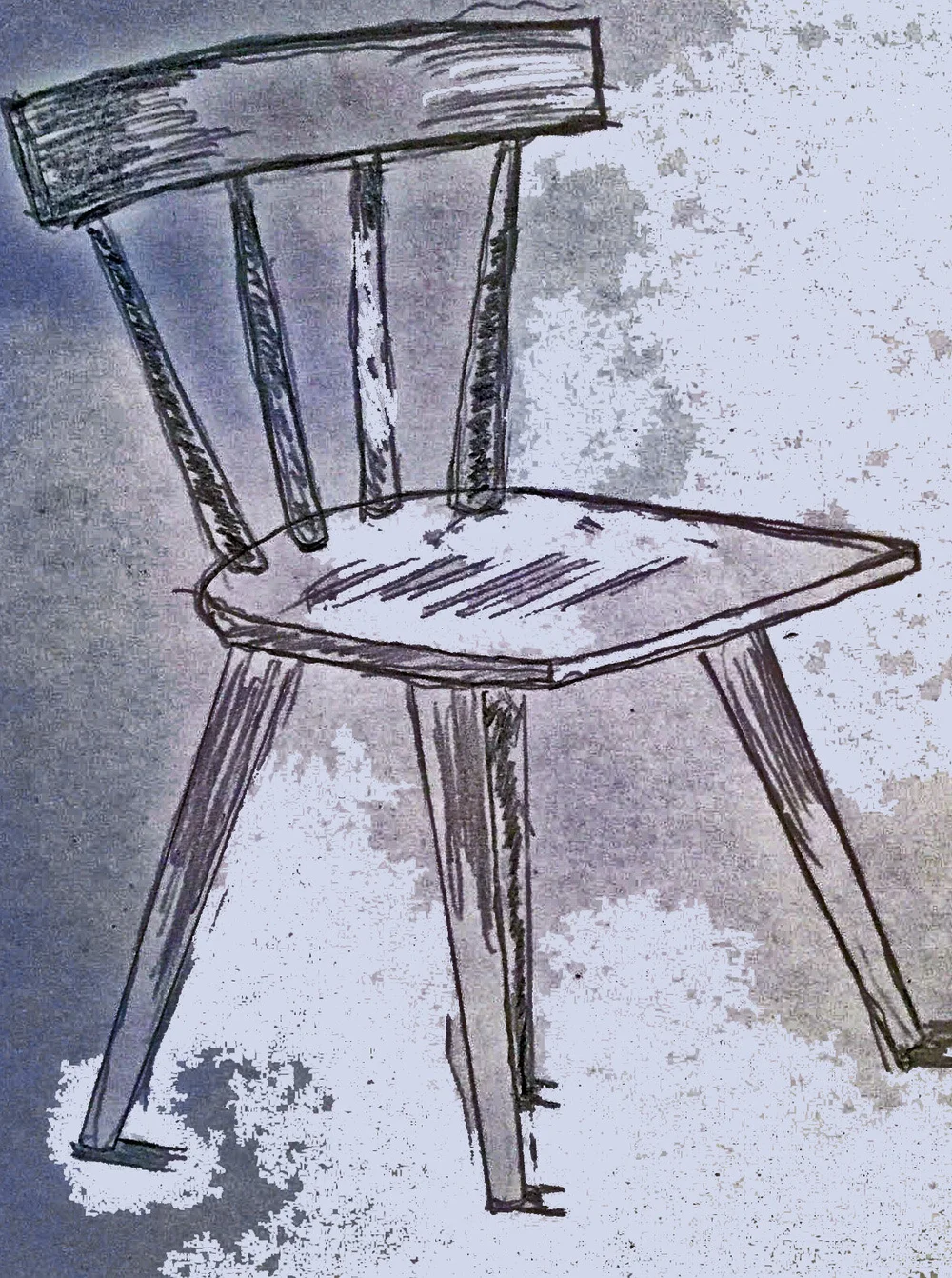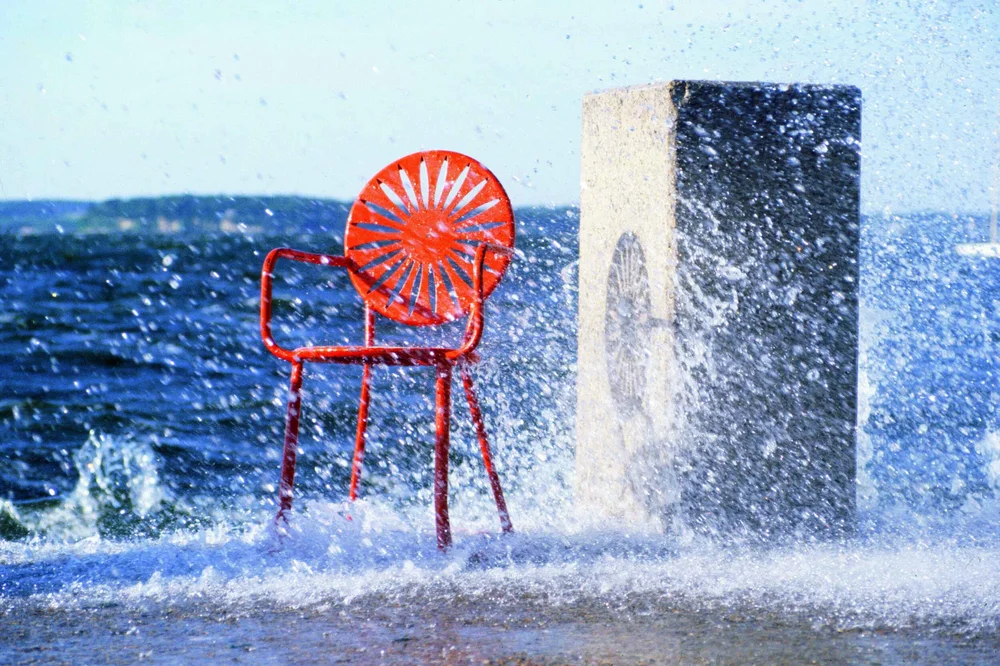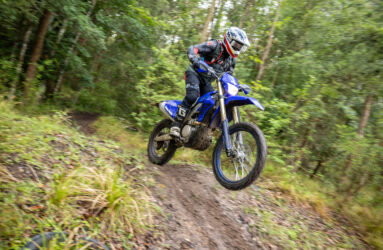A bit about why I use chairs and waves to represent both my practice and the experience of embodied mindfulness via the Alexander Technique.
A little more backstory…
Chairs & Waves

In chronic back pain, a full 9 months before I knew the Alexander Technique existed, I bought a signed print of Ellis Felker’s Union Terrace Chair. A former dancer on a Creative Writing Fellowship in early 1994, I remember being drawn to the image’s poetry: its visceral, tactile qualities and the dynamic movement suggested by the colors, light, and water. Soon after, I found the Alexander Technique, and it became clear that AT and Felker’s photo actually had found me. I often point to Terrace Chair as a visual representation of embodied mindfulness, of what the experience of using the Alexander Technique in Life can be for me and others.
Why the chair?
The chair is both a tool and a symbol.
Alexander Technique can be thought of as a powerful self-study or high-level mindfulness discipline:
How many times do you sit and stand each day? 15? 25?
How many hours per day do you spend seated?
Do you know how you move in transition from sitting to standing?
What’s the first thing that has to happen for you to stand up from a chair?
Are you aware that the movement patterns you employ when you use a chair are habitual AND show themselves in every other movement you do?

“Chair work” remains a traditional part of Alexander lessons as it allows you (with a teacher’s guidance) to slow down enough to begin to notice habits of balance, thought, and movement around sitting, thereby gradually improving your own general movement patterns, your own neuromuscular coordination. Chair work absolutely is NOT about “sitting up straight” (your spine has curves, so “straight” is impossible) or sitting and standing “correctly.”
What we come to experience through good Alexander lessons is that sitting isn’t a static or frozen position. There’s movement in stillness. Ask a scientist: Nothing is static. Within us or outside of us. The act of sitting quietly IS movement supported by and within a stable framework.
Why the waves?
I don’t want to incite any quantum physics debates here, but: sound waves, light waves, waves of breath, brain waves, your heart waves on an ECG. Waves of nausea or dizziness. Waves of emotion. Gravitational waves. Waves are around us and within us: we maintain our equilibrium as human beings in relationship with them.

As my students learn to stop the muscular shortening/ contraction that’s typically the root of the symptom/ problem that initially brought them to me, they begin to experience not just an absence of pain/ pressure, but a new freedom and general ease of movement. Even engaged in activities they’d deemed static (standing, sitting, lying down), they begin to sense their own natural, internal muscle-coordination “flow,” experience how they interfere with it, and understand how to stop interfering (if they choose to). Some use water imagery to describe their physical, sensory experience of movement in stillness.
Schedule Online or In-Person Classes!
Book Now














